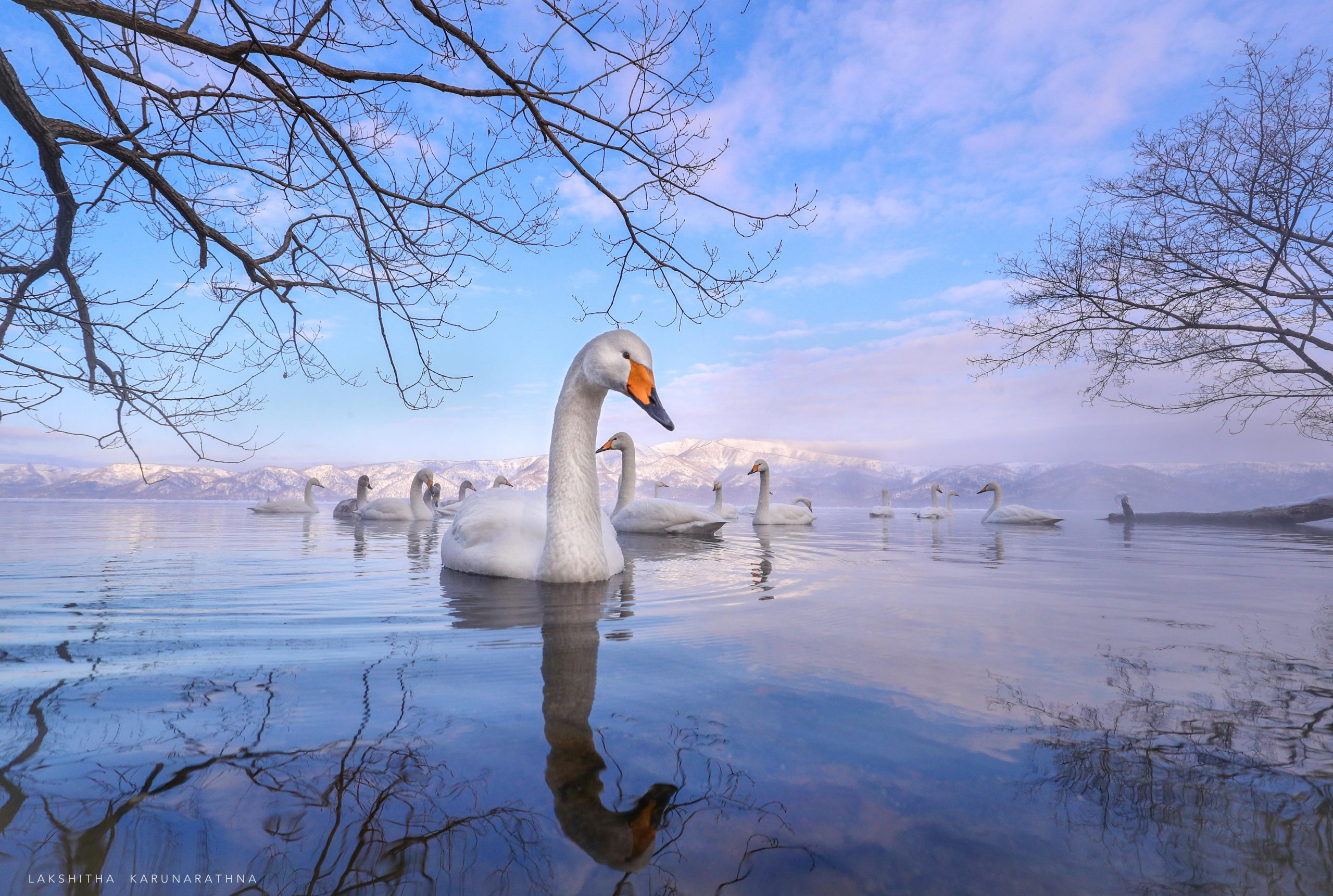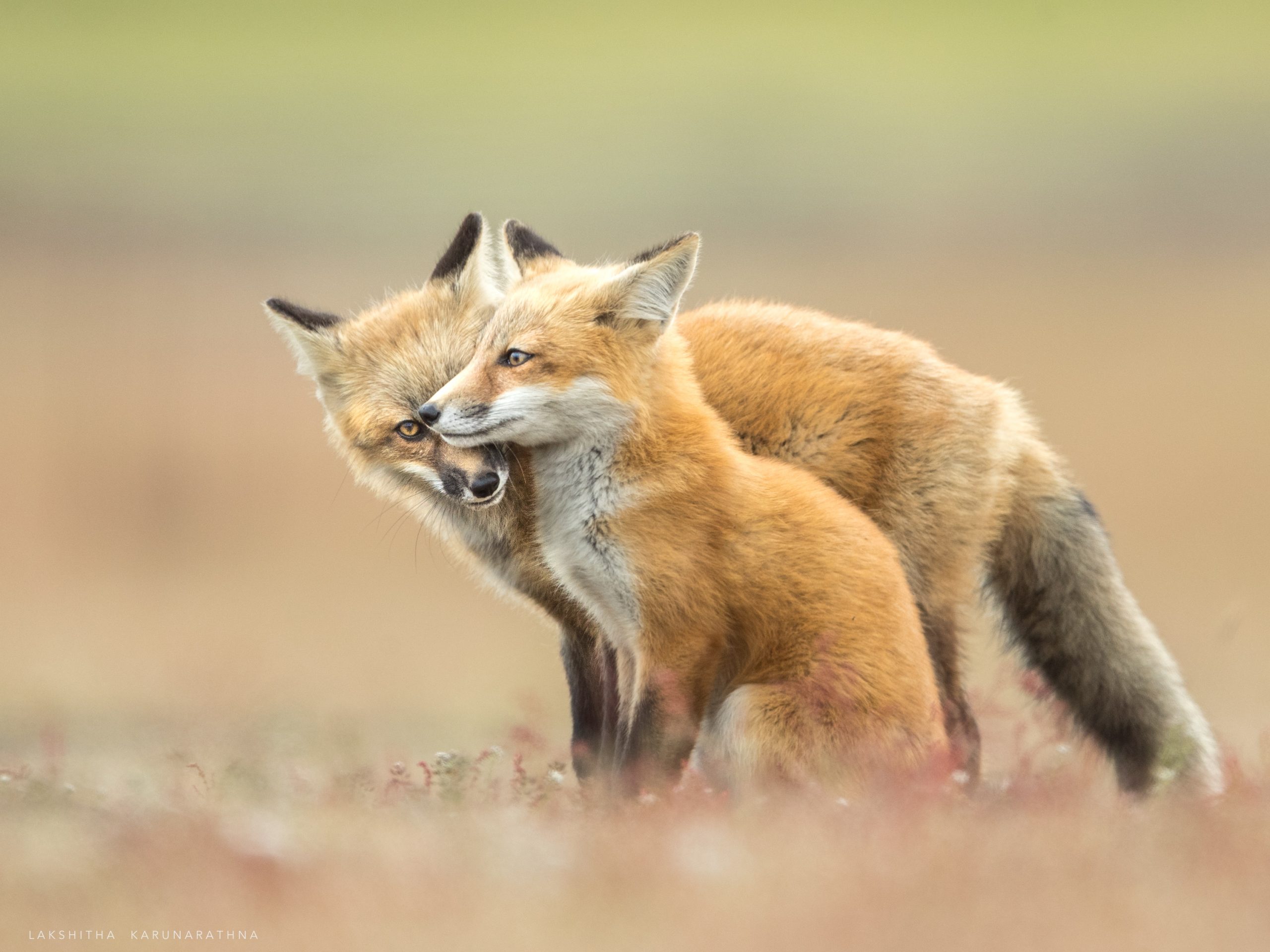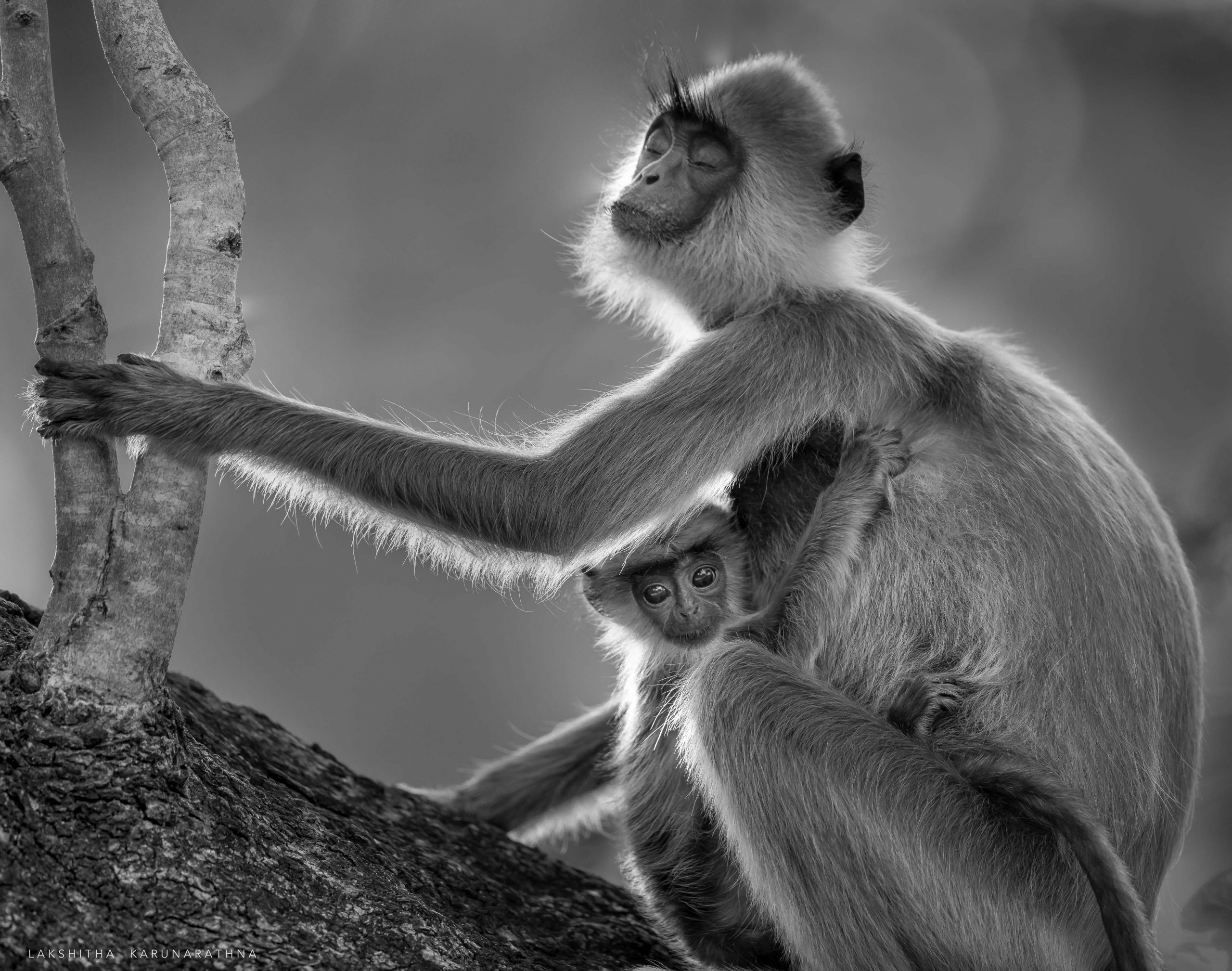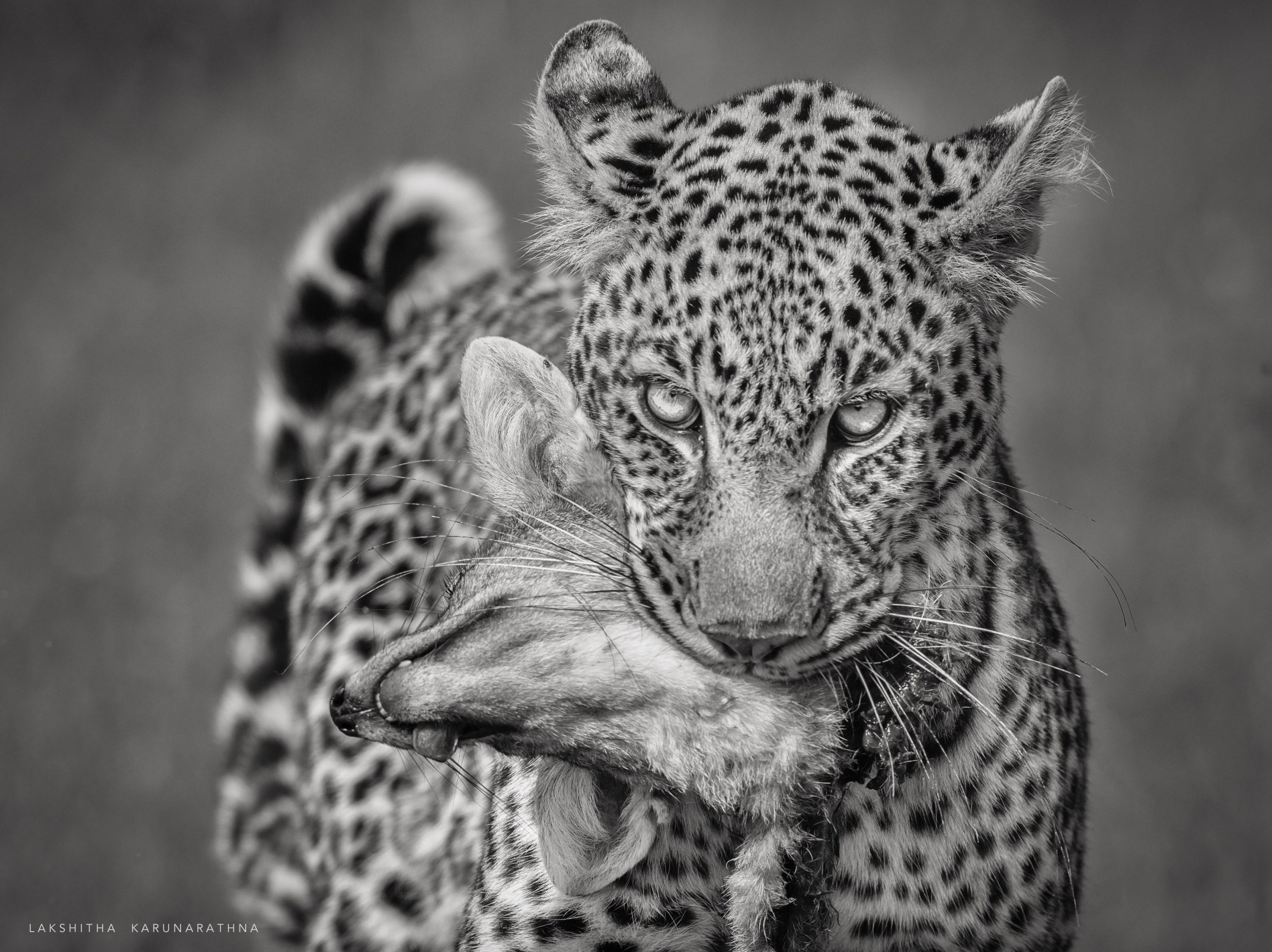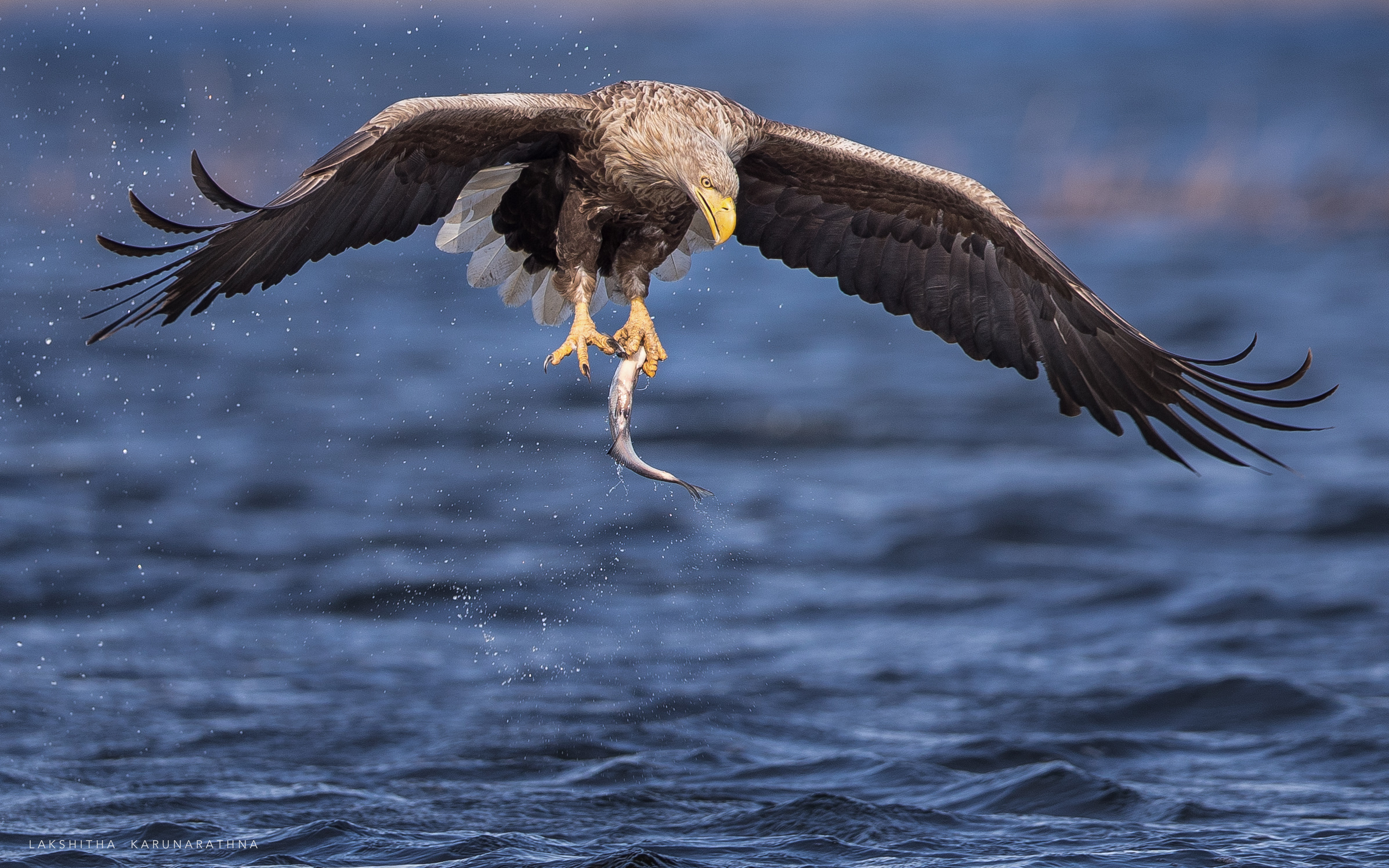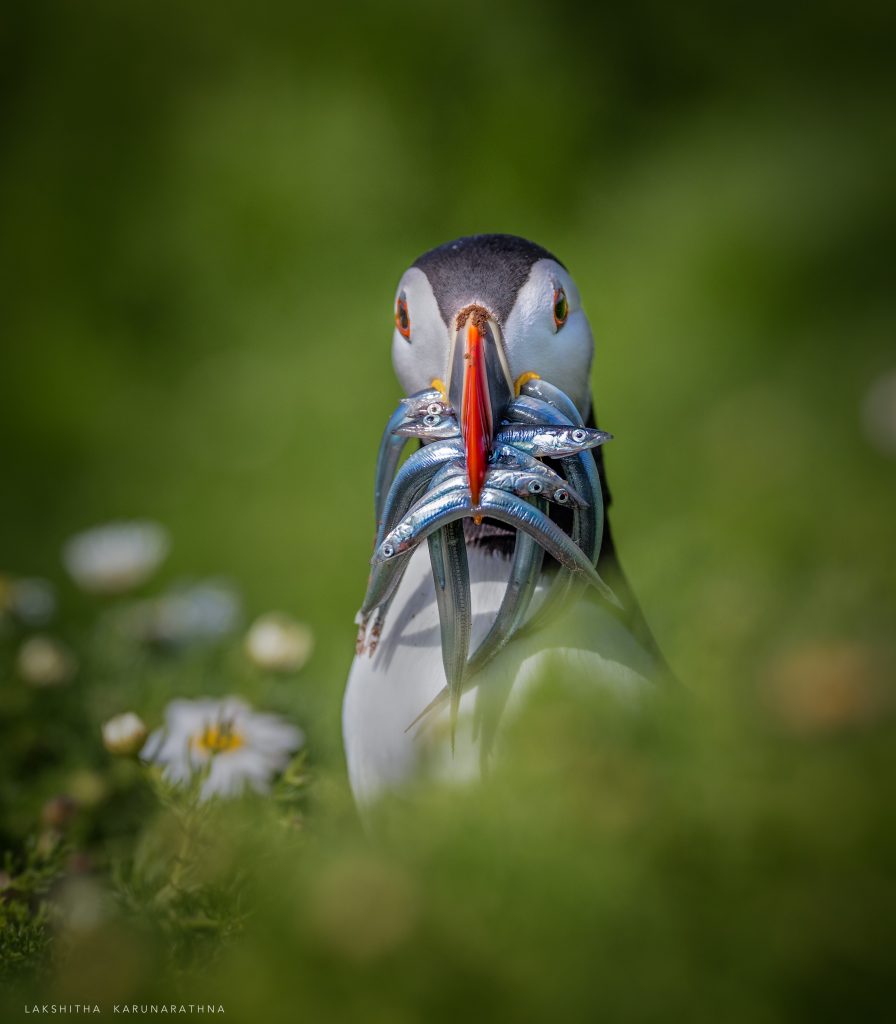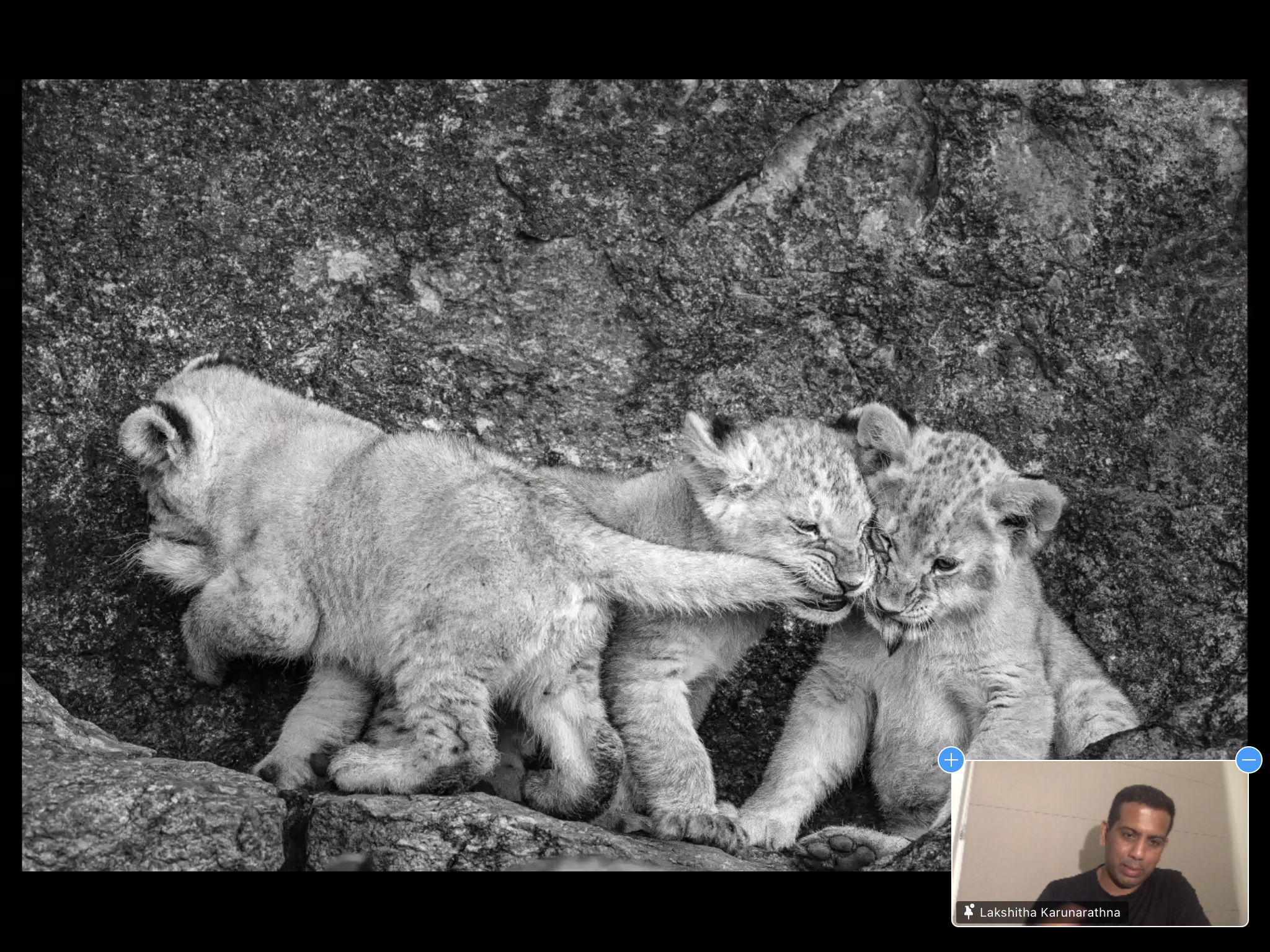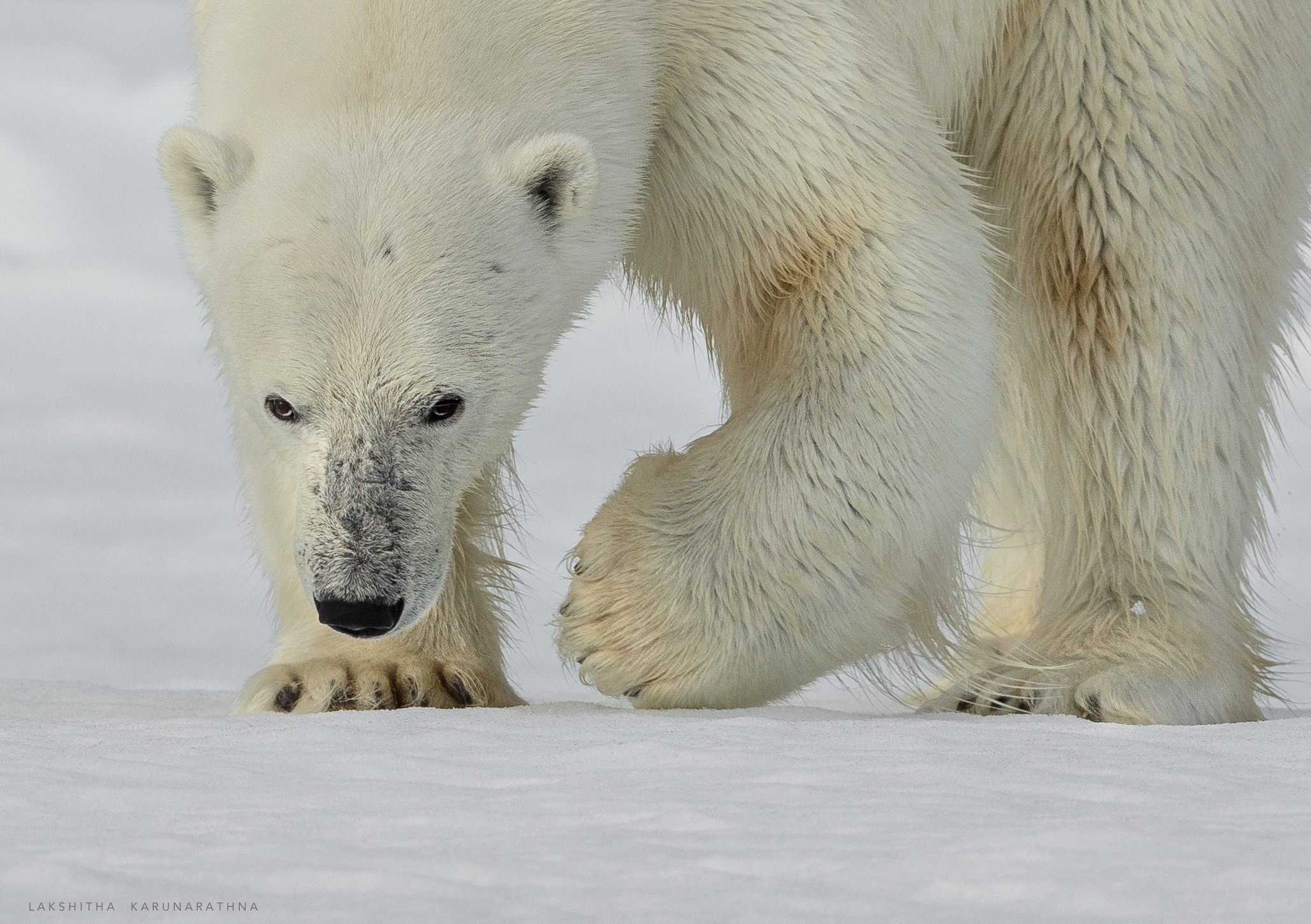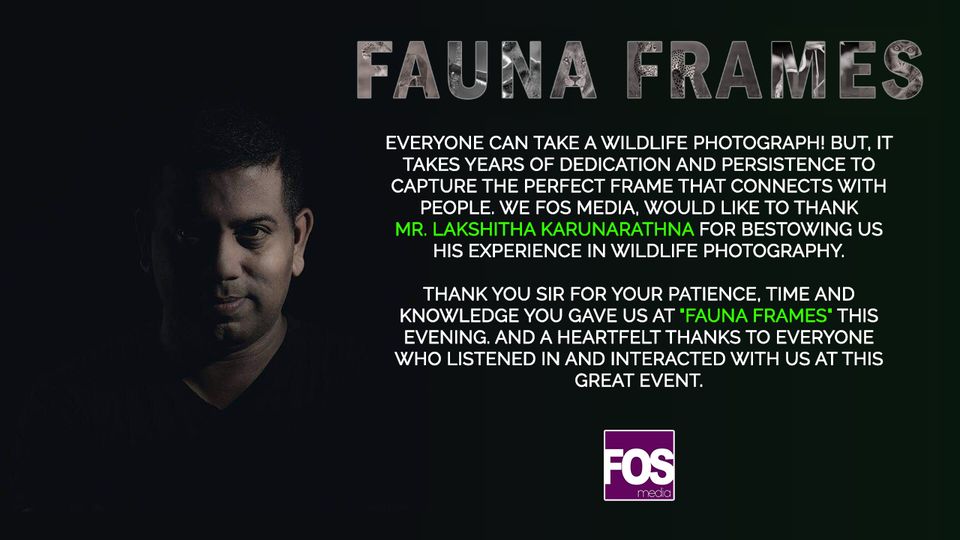The cables were set, and the 10 seconds were called. We were there, listening, as the countdown went as any other online workshop. But, there was a difference that day. It may be because we all held our cameras in our thoughts, rewinding the physical memories we had. With that thought, we were all ready to be mesmerized through the “FAUNA FRAMES” of the wild.
Mr. Lakshitha Karunarathna, a renowned wildlife photographer, was our guest that wonderful evening, the 29th Sunday, November 2020. Starting his wildlife photography career in 2014, through online self-learning, he was able to develop the artistic eye to capture the perfect frames in the perfect windows through commitment, persistence, and of course Passion, which made him obtain more than 250 awards from over 35 countries. Throughout the workshop, he used the pictures of his life reel to bestow us with the knowledge we were eagerly waiting for.
Conversation to Conservation
With a glance at a photograph, you may notice its color, contrast, and extreme details. But, it may take a while for you to understand, “Why that Photo?”. Wildlife photography is one of the most important platforms that build up a conversation about wildlife conservation. Their quality to impart such a message that feels along with the picture is indeed beautiful.
The photograph above concentrates on ocean pollution.
Purchase Patience
There is a saying that the best photograph is taken not from purchase, but from patience. Holding the camera for hours, without a tripod, waiting for the very first Monarch to spread the wings out of thousands as the sun rose, implies the patience he had. Without that patience, he may not have captured this 2 seconds moment.
Out of the countless pictures in his gallery, his longest conversation was on the Whopper Swans of Lake Kussharo in Hokkaido Island. At first glance, the picture below may resemble an oil painting. Yet again its infinite beauty was captured with a wide-angle lens. To be more technical, if this was a far shot, the leafless tree branches and the scenery would not have fit the entire flock. This explains that he had to be in 1 foot of snow, going to their level, waiting for the formation in his head to happen, because animals don’t behave as you intend to.
Nevertheless, if you are lucky, the sound of a click may turn your image to a whole new level; the bird who turned to the sound of the shutter which made a face-to-face image.
Always On
Being a wildlife photographer, it is essential to be prepared. As Mr. Lakshitha said, he is always prepared with the camera on, even if it runs out of battery, because it’s the moment and timing that matters. His correct timing and pre-preparation of the instrumentation, made him capture this wonderful comfort behavior of lion cubs.
He stressed that he always looks for the conditions of the place he is planning to visit, which includes the time of interest, the direction where light comes, etc. It’s also important to read the weather report because it is a must to maintain a dry camera and the beauty in the pictures captured.
Edit later
We may not always obtain the perfect photograph. But there is always the post-processing procedure, where the photograph can be edited using suitable editing software to enhance the quality that the photographer expects. But, too much clarity, too much saturation make the photograph looks over-processed, which tarnishes the originality.
Although there are rules in taking an accurate wildlife photograph, there is always space and scope to bend them, without harming the picture. It is important to know them and also to think differently. The capture below shows how the image has been cropped to highlight the color contrast.
Capture the caption
Sometimes, the message of the photograph is delivered without a caption. Those photographs speak for themselves. But, there are certain instances where a caption may add wisdom to the photograph.
With a glance at the picture above, you may notice the beauty of its color contrast. But, there is greater wisdom engraved in it. The colorful female flamingo feeds a dull juvenile. This feeding milk-like liquid contains essential pigments that get deposited in the liver of flamingos, giving the required colorful outlook. To include this sort of information as captions, under photographs are highly practiced, which increases their value and popularity.
Becoming a wildlife photographer
The term Wildlife photographer, always gives the impression of a person with a long camera lens and sophisticated instrument, dwelling in the jungle. As Mr. Lakshitha mentioned, it’s is not a must to become one. Even the mobile camera may capture a perfect moment in the home garden that connects with people. It all depends on the person behind the camera.
Embracing moments
As a person who made wildlife photography his career, he has embraced his skills to showcase them in many competitions. Out of the lot, his most winning shot was the huddling African lioness, a photograph captured in Kenya, which won the grand prize of the 2017 Nature’s Best Windland Smith Rice Awards held in Washington D.C. He mentioned that presenting that photograph in a monochromatic manner was considered different when the judgment was given.
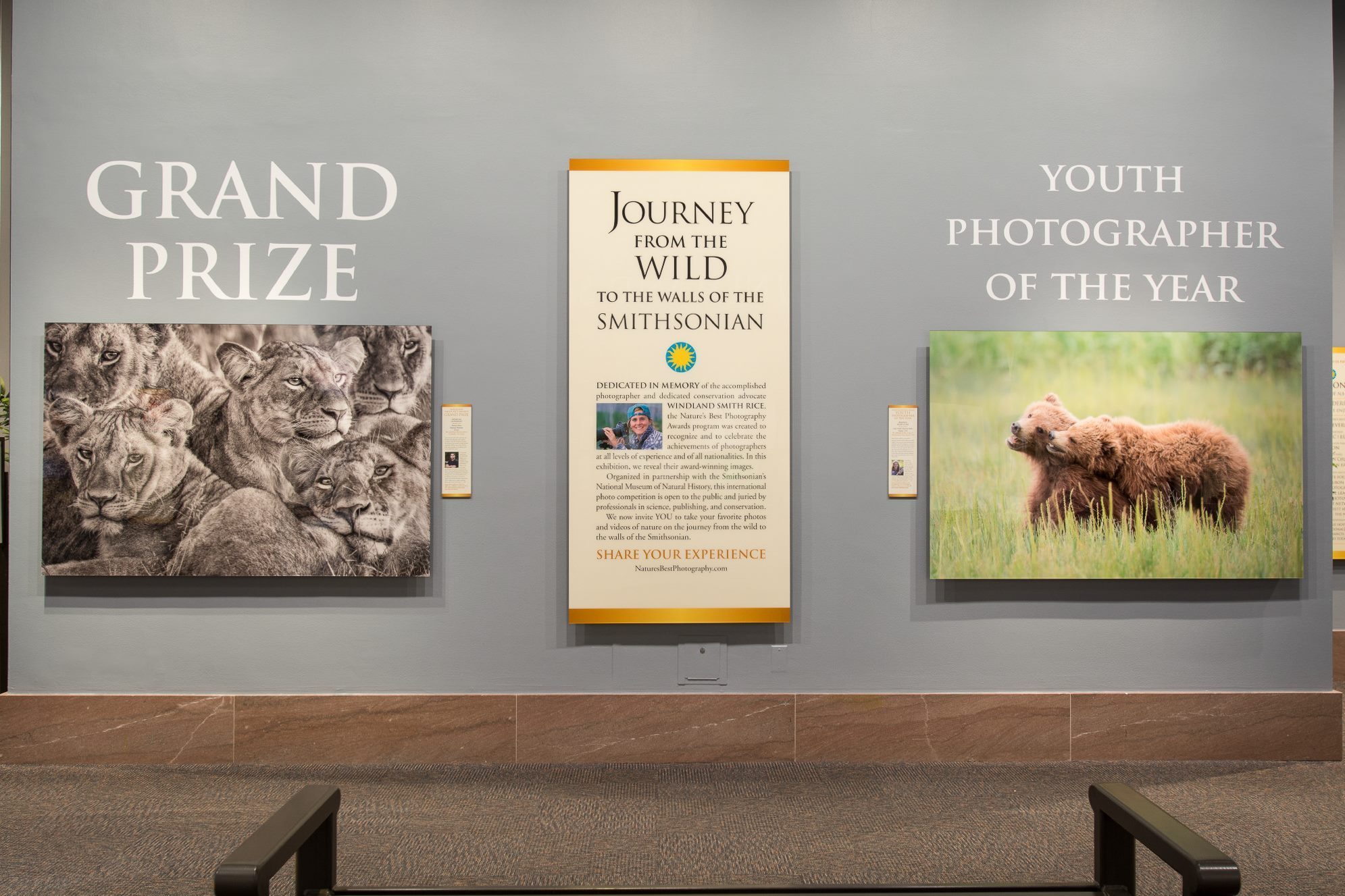
“Different” he is, similar to the different experience, we all had throughout the workshop. Everyone who tuned in with FOS Media through the zoom session and Facebook live, enjoyed every second of it, and we FOS Media hope that you were inspired to capture the perfect frame that connects with people.
Image Courtesies:
- Photograph Credits: Mr. Lakshitha Karunarathna
- Display of Grand Prize –https://bit.ly/37jjjNz
- Screen capture and post – FOS Media

